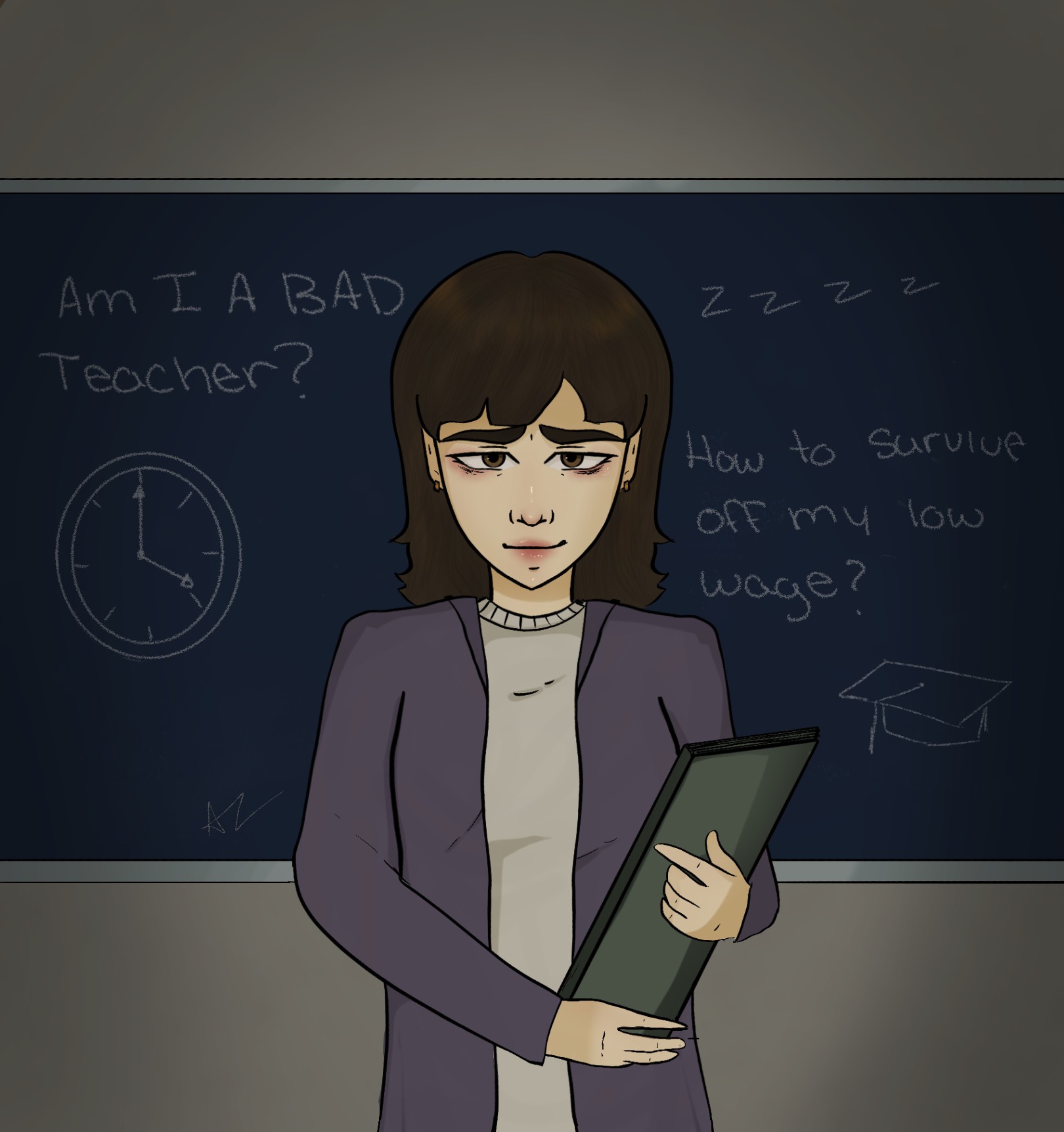
A major experience in children’s lives is being stripped away from them; a place that they are used to attending five days a week is being impacted due to teacher shortages. Because of this, children are not receiving the adequate education they deserve. In California, classes are being canceled and the reasons behind this are worrisome for the future of teaching.
Throughout the Great Recession, school districts had a difficult time retaining their staff. Reasons for this included underqualified teachers, salary cuts, layoffs, and changing working conditions. Underqualified teachers were those who were long or short term substitutes and emergency credentialed teachers.
During this time, the criteria for layoffs included seniority, therefore experienced teachers were let go. With budget cuts looming, districts kept new teachers since they were paid less. Not only that, but enrollment in education programs in universities and colleges decreased by about 35 percent. Due to this, we saw less teachers be produced over time, leading to consequences we are seeing now in 2022.
Since COVID-19 hit, many people have been feeling burned out. Feelings of anxiety and stress have increased due to the demands being asked of educators. For most, it had been difficult to continue on a career that requires so much from a person with little reward or help in return.
To combat the shortages worsened by the pandemic, superintendents, teachers, substitutes, and other school staff have been covering classes for absent teachers. With the lack of planning time and the shifts between covering classes, teachers are exhausted. Finding time to lesson plan, read emails, and grade assignments left little time for faculty to unwind and collect themselves emotionally. A 7-8 hour school day quickly turned into increased hours for teachers, as some must put in overtime to prepare for the added work they received.
With an increase in work and no increase in pay, many are reconsidering whether to stay in their profession.
Teaching requirements are another reason why turnover has been so high. The rules of this profession are constantly changing.
According to Los Angeles high school teacher Martin Blythe, he has no plans of clearing his credential. He stated that this will require him to undergo a two-year training course called Induction, which he called “unhelpful busy work.”
On top of his day-to-day work, this process would add to his workload. He mentioned that many of his colleagues were dropping out of Induction because they needed that time to lesson plan and be with family. Exams that teachers must take, like RICA and CSET, also take their time away.
Unfortunately, piled work and stress have led to new teachers leaving the profession within the first 5 years.
Not only are educators suffering, but so are the students and parents.
To be successful, students need consistency, but COVID had stripped them of this. When classes are canceled, parents have to scramble to find childcare so that they can go to work and provide for their household.
Inconsistent staffing can also alter the way students learn.
Schools experiencing shortages in fully qualified teachers have increased class sizes and have been hiring substitutes and teachers missing adequate qualifications to cover classes. The underqualified educators and increased class sizes minimize interaction between individual students and the instructor. Without proper learning environments, students have scored lower on assessments.
Ultimately, low-income communities of color have been the ones greatly affected by the teacher shortage. Low budgets have led to an increase in class sizes and a decrease in teachers of color, whom the students can identify with and look up to.
Some short-term and long-term solutions have been introduced to combat the shortages. To address the burnout, many districts have been providing their educators with mental health services and mental health days. They have the opportunity to be connected to counselors and substance abuse resources.
To avoid closing down classrooms, substitutes and emergency credentialed teachers have been hired to cover classes and have been offered a pay increase.
To draw in new teachers, loan forgiveness programs have been offered to pay for expensive schooling. In California, $45 million has been set aside to support staff so that they can become credentialed teachers, $10 million has been used for undergraduate programs for teaching, and $9 million has gone to districts so that they can recruit and retain educators.
Overall, the teacher shortage has been a problem stemming from several issues in education. In order to overcome this, teachers must be supported during all levels of their career and their concerns must be taken care of instead of brushed over. For the future of education and student success, more must be done to make teaching a profession that educators enjoy and want to stay in.


